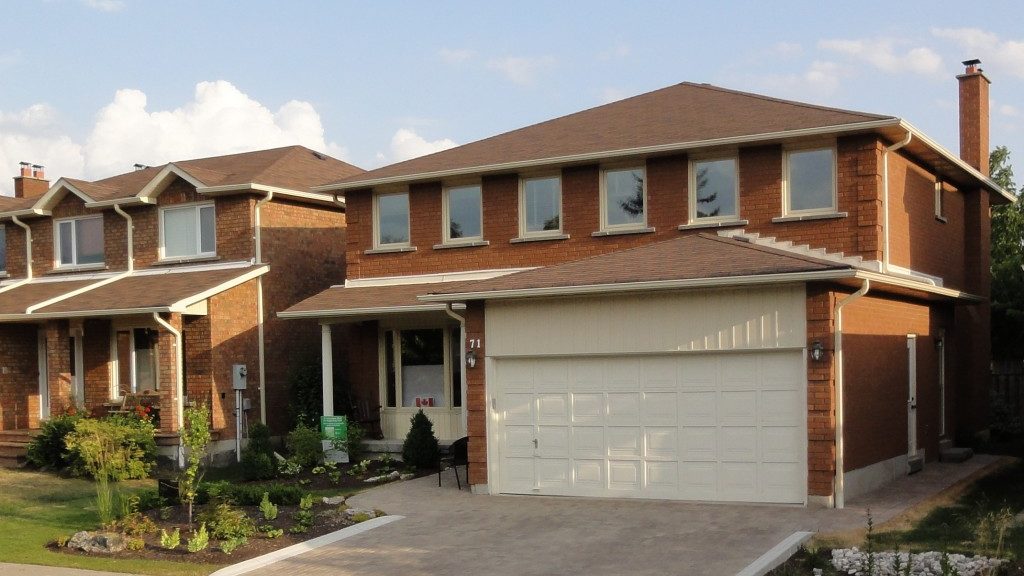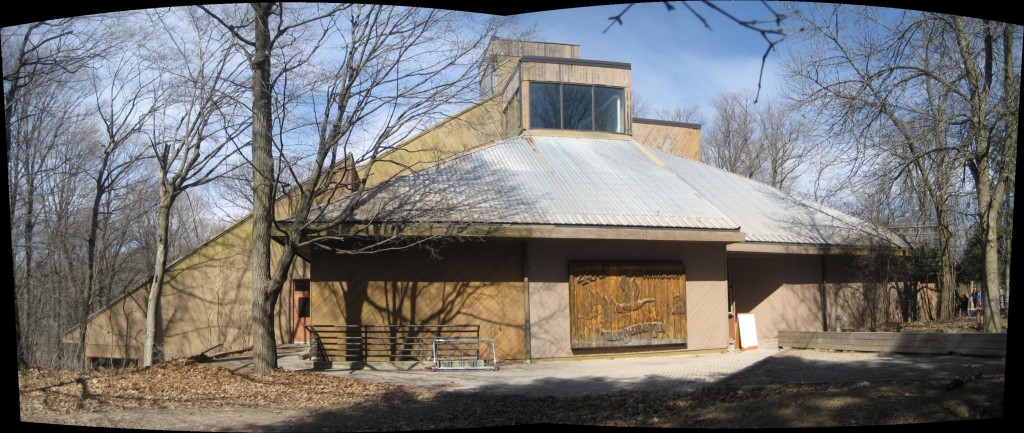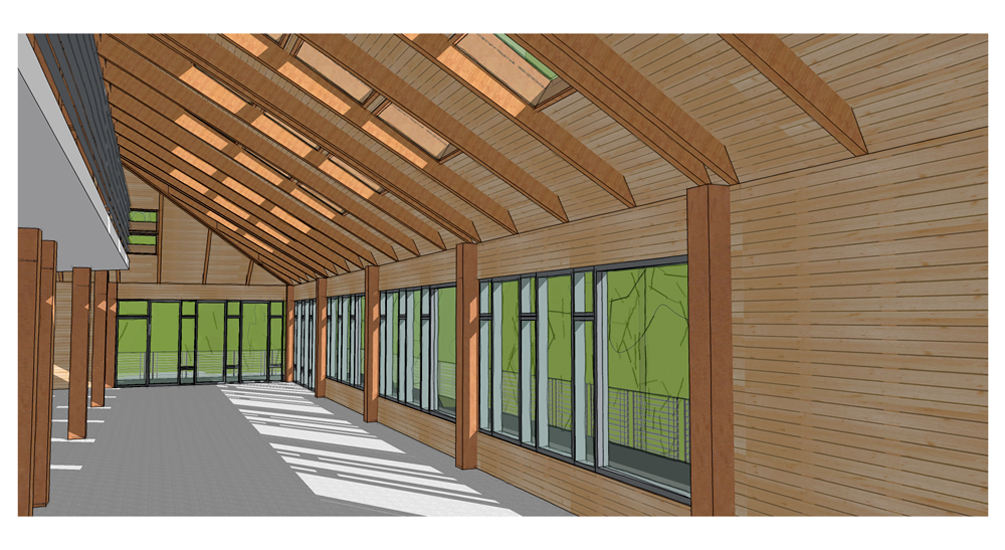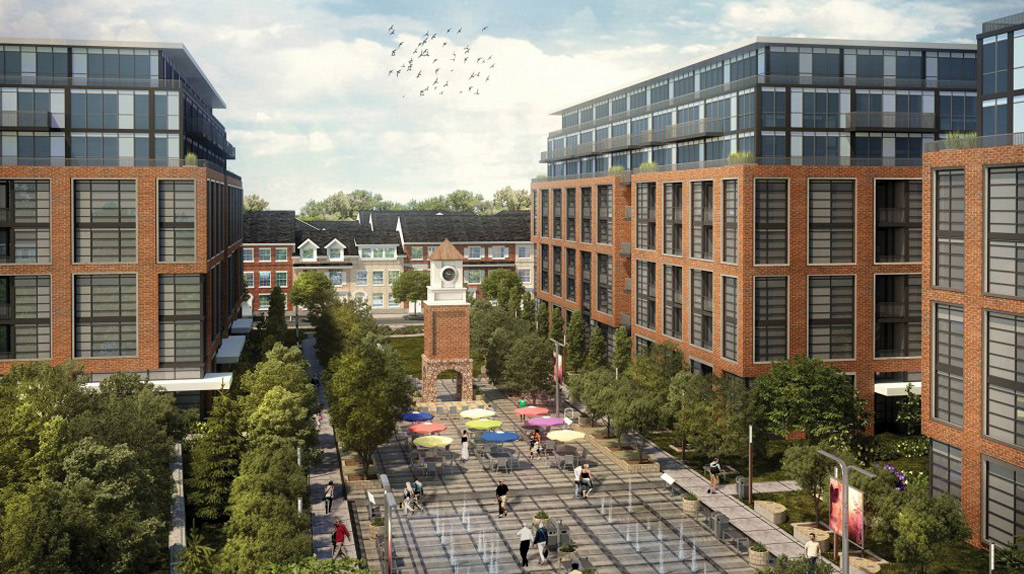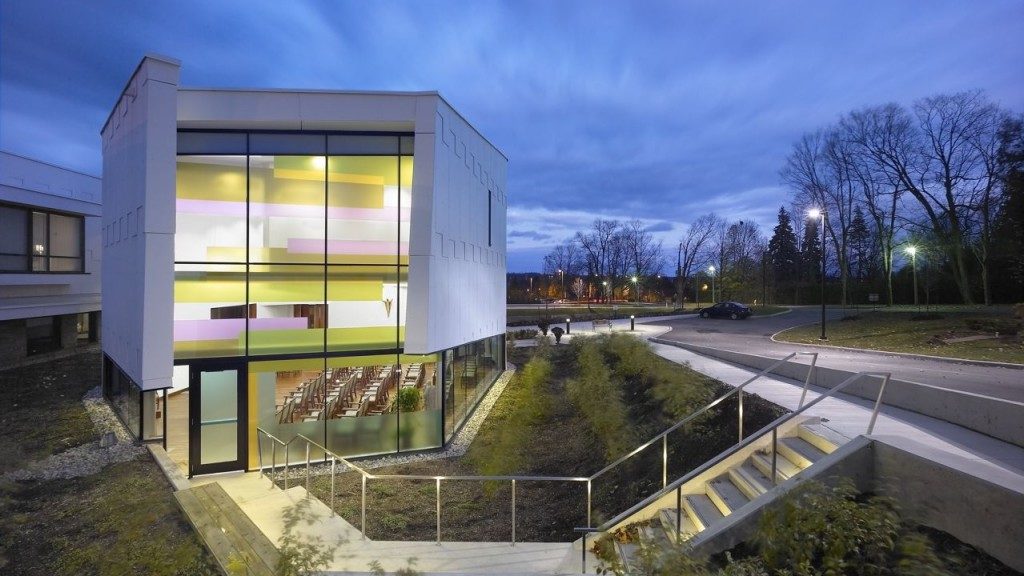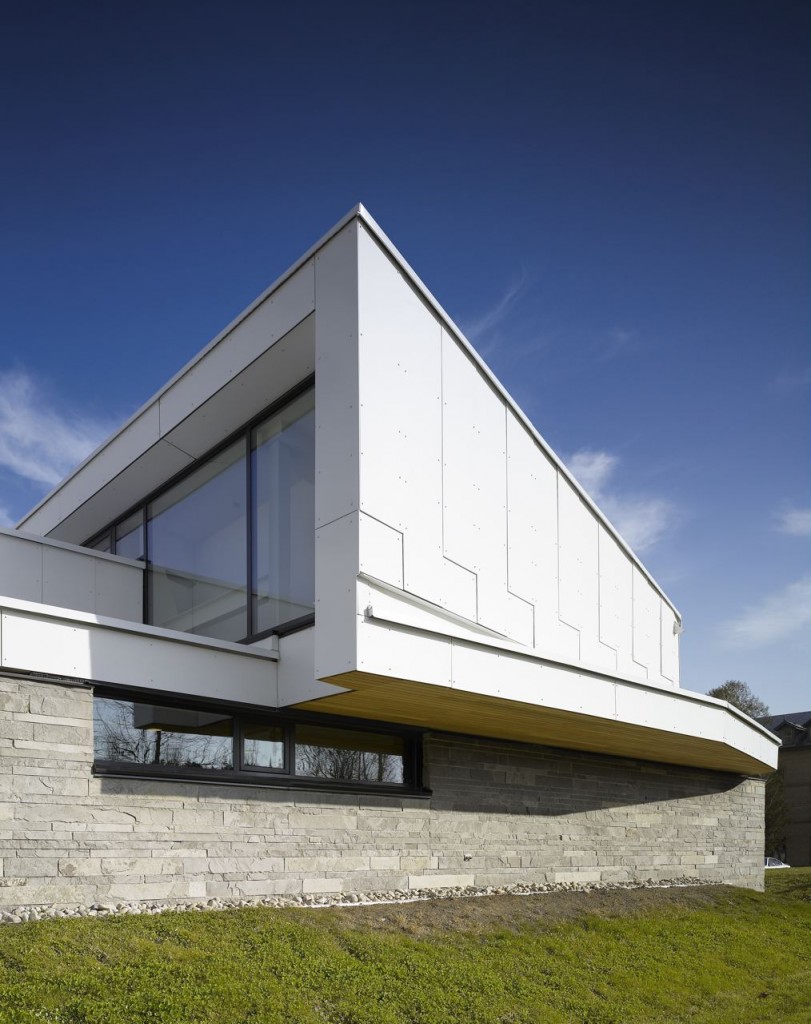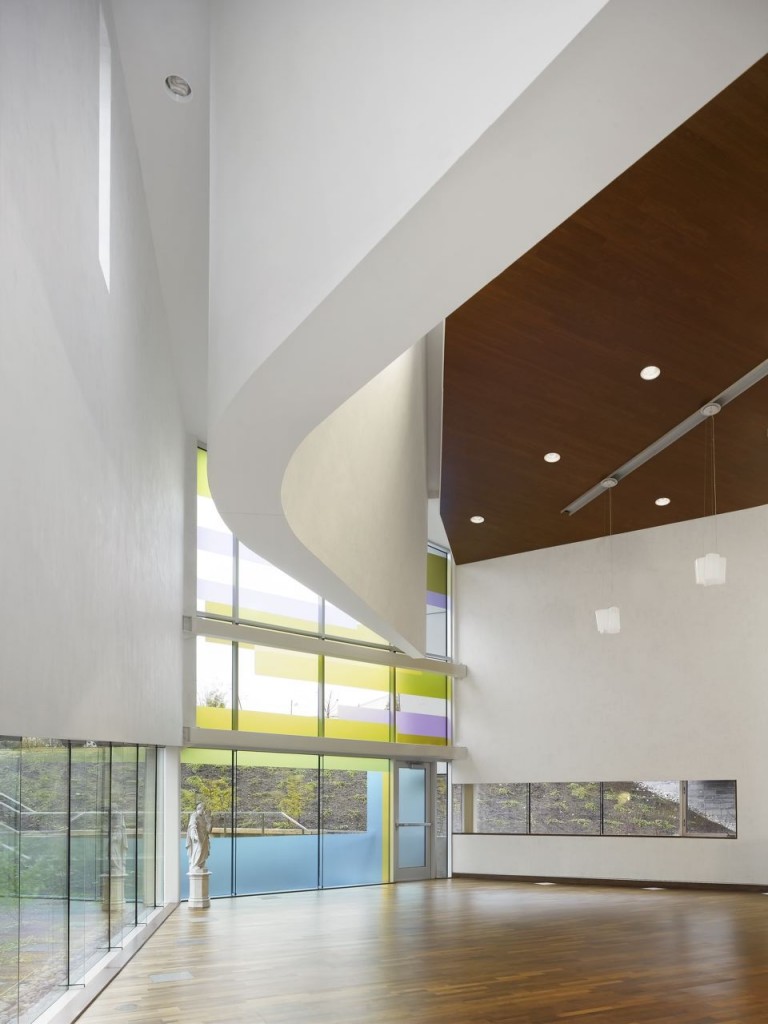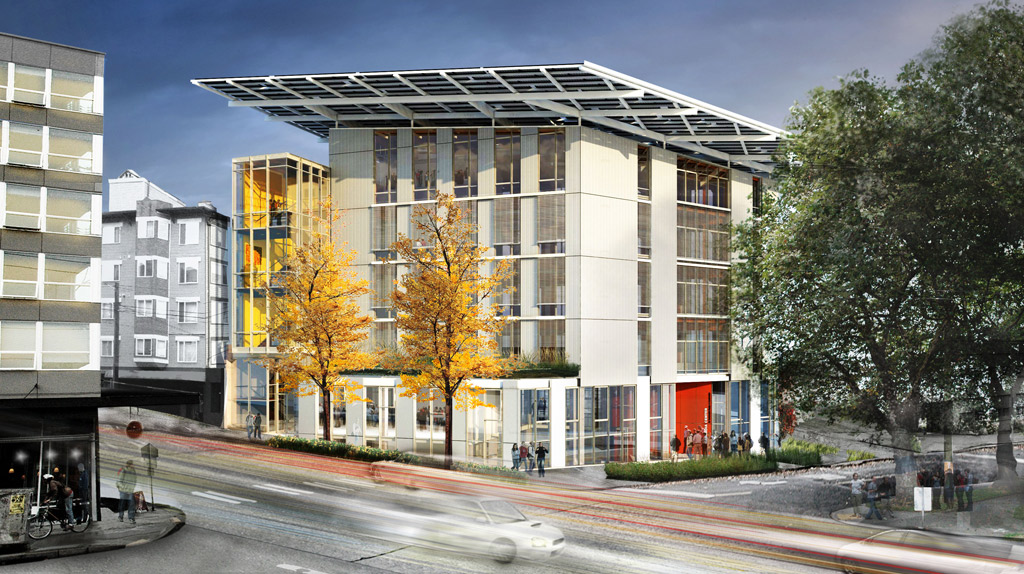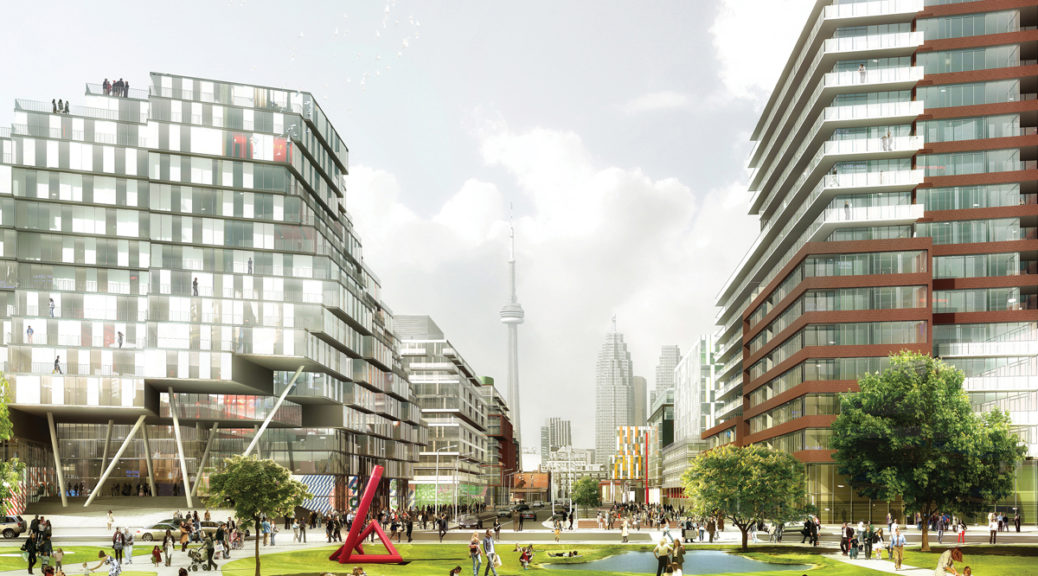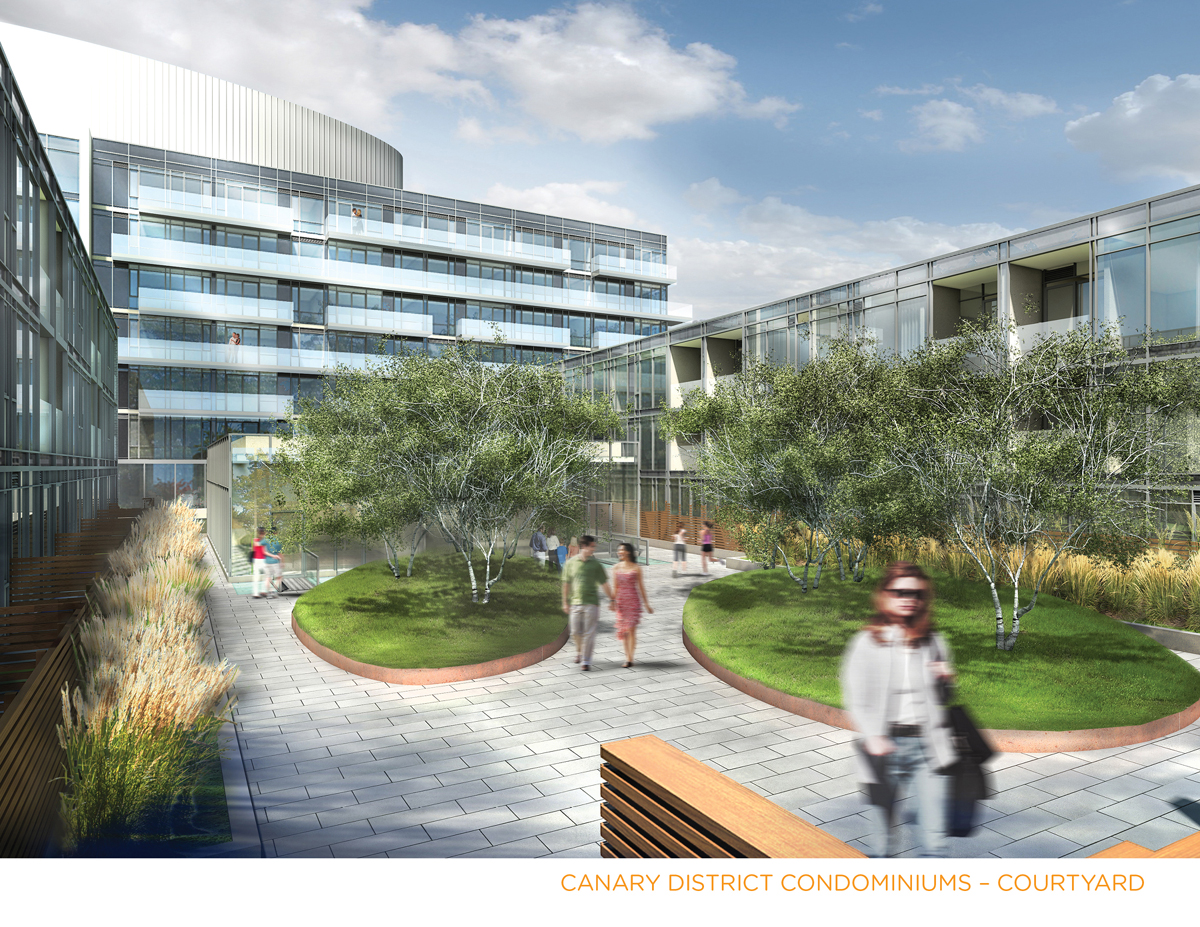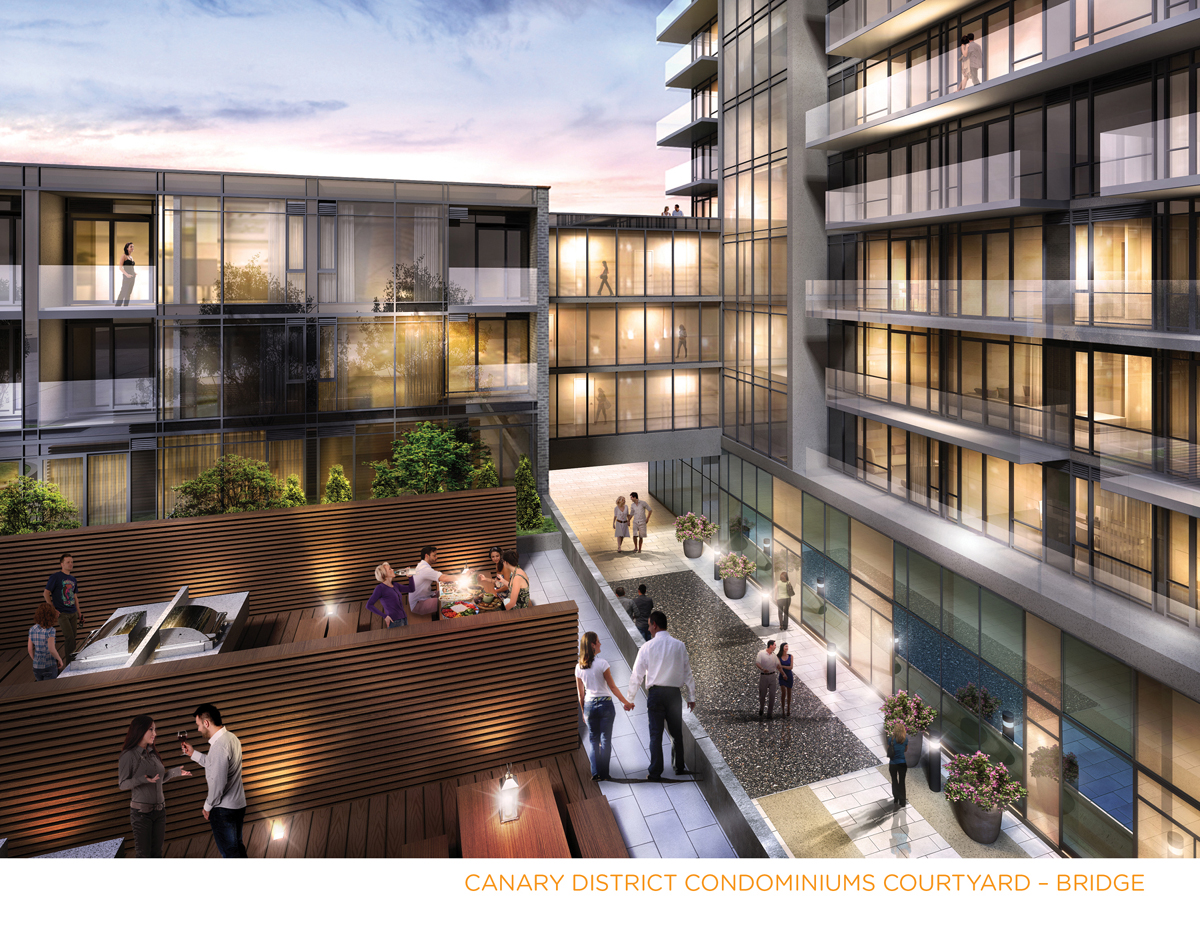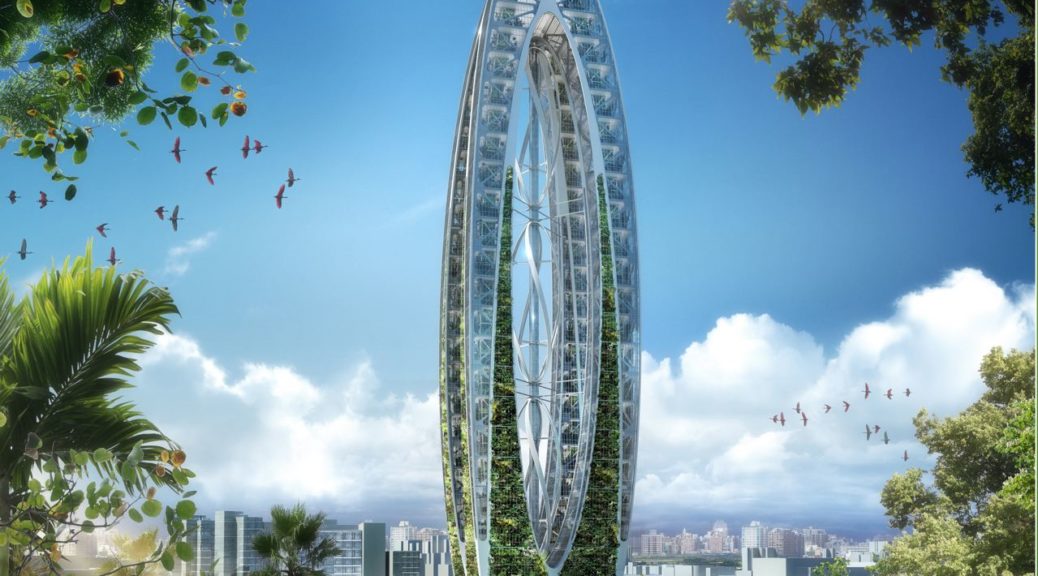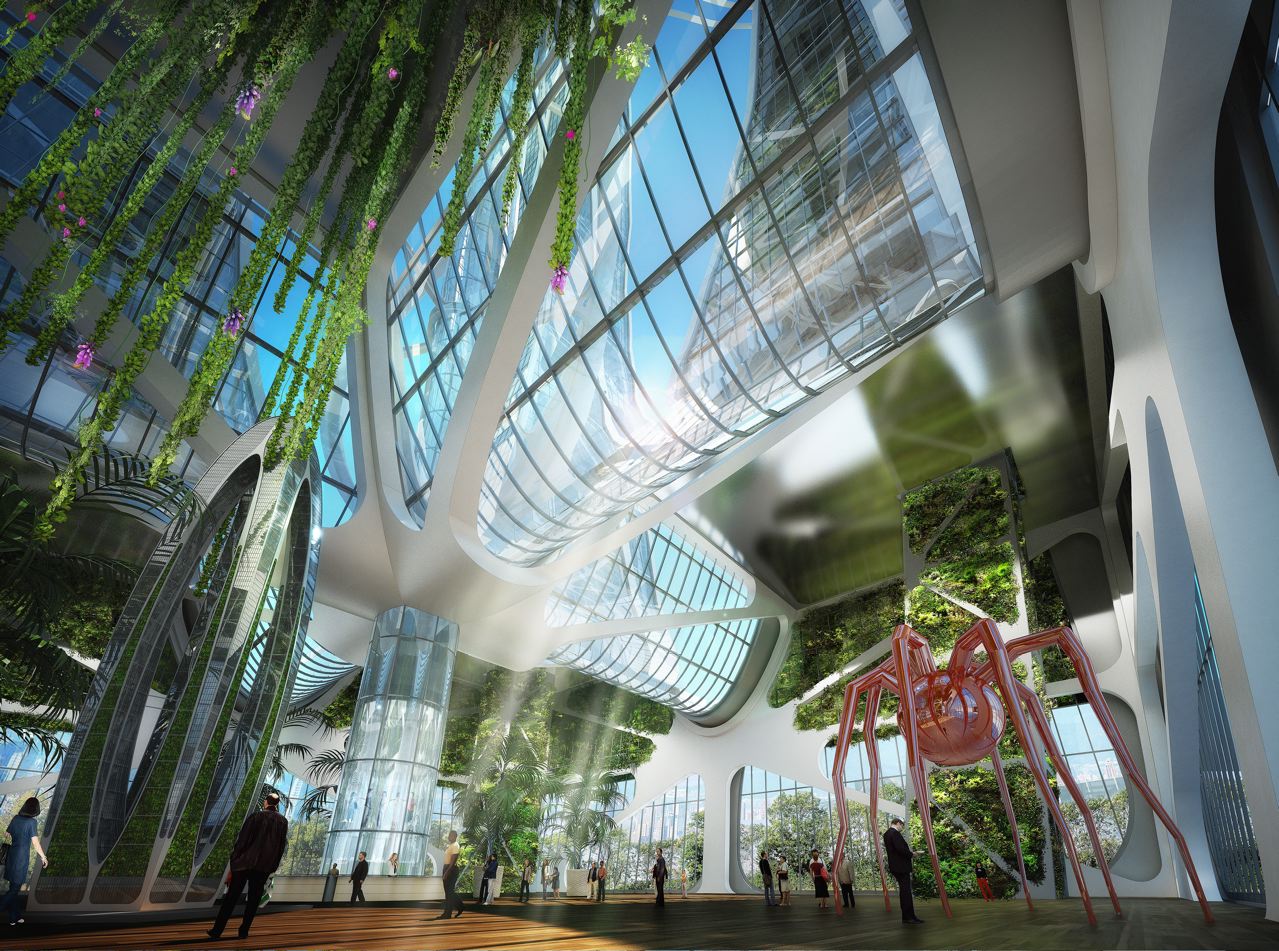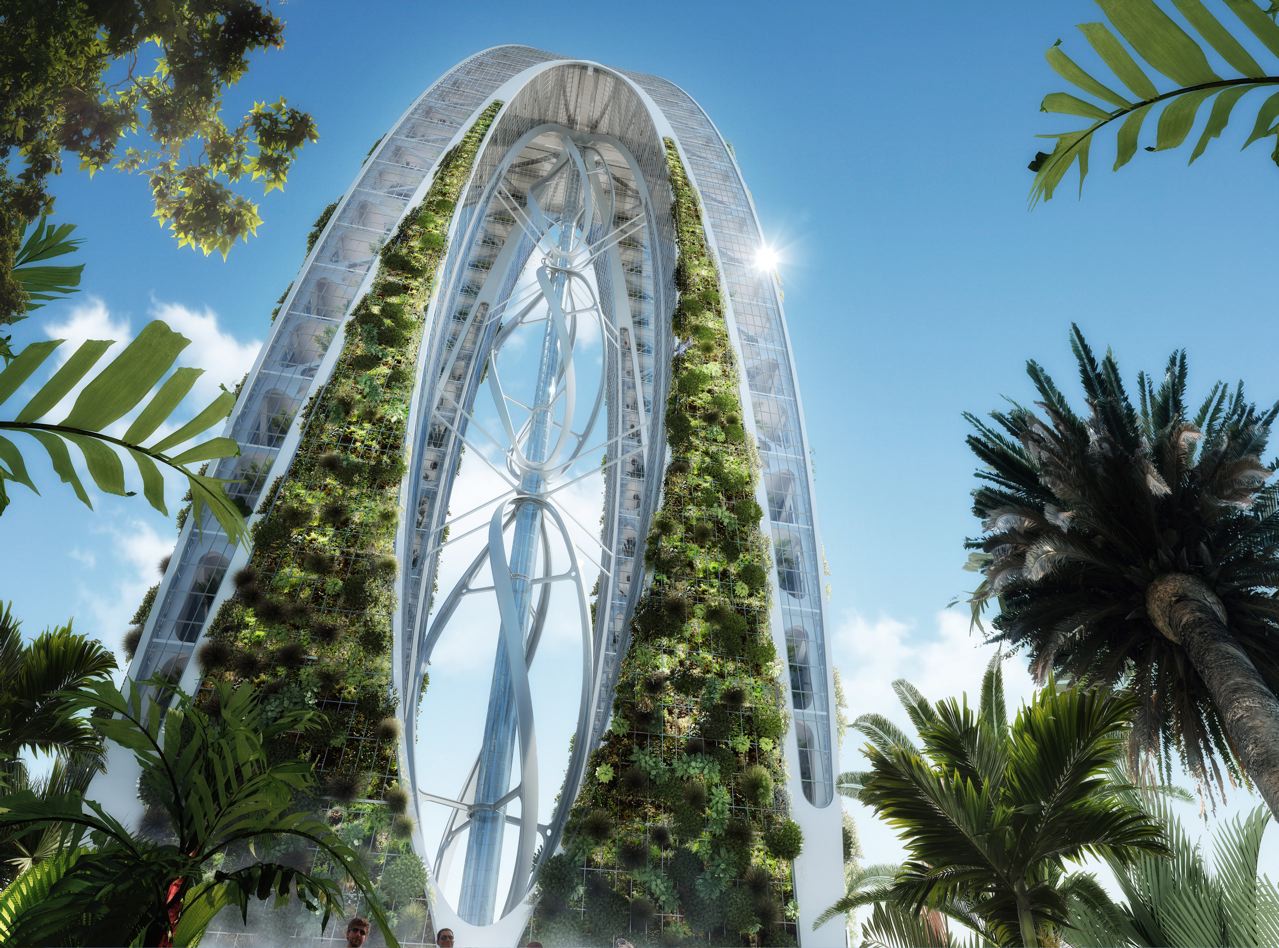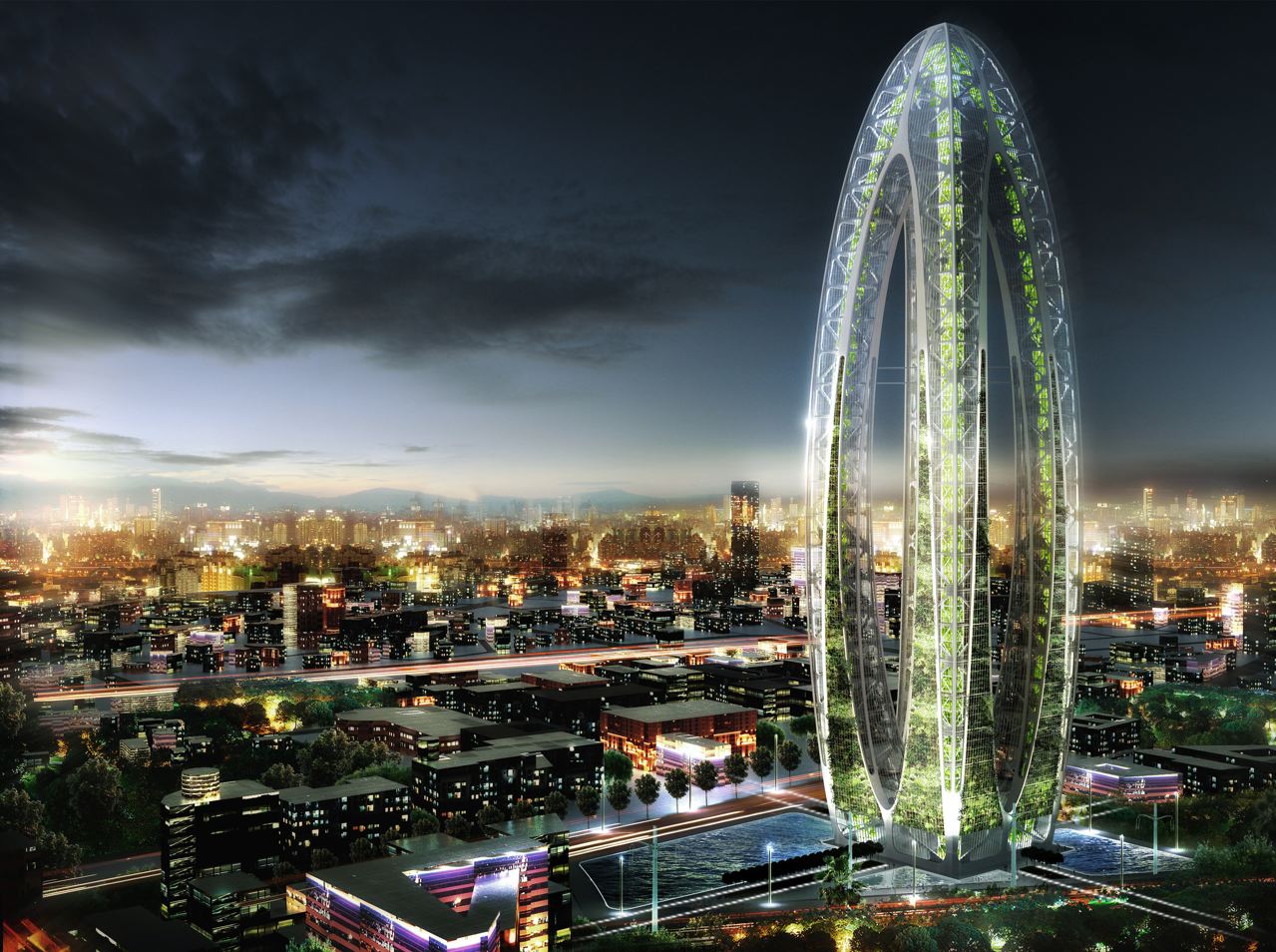By Shannon Logan, Toronto and Region Conservation
With energy costs on the rise, and summer water restrictions across many municipalities, homeowners are increasingly considering the energy and water efficiency of their home, and turning to their contractor or trade professional for advice. With almost half of the private dwellings in the Greater Toronto Area over 30 years old[1], and home renovation on the rise, the question is, how can we help make it truly green? There may be no shortage of emerging technology in energy and water management out there, however for some innovative products, consumer markets may not be strong enough to support competitive pricing. So with “green renovation” now a mainstream buzzword, and trend setters starting to adopt some of these, how can renovators and homeowners identify strategic renovations, estimate the return on investment, and understand ongoing maintenance considerations? Marketing transformation towards efficient products is already happening in areas such as low flow toilets, water efficient washers and natural gas furnaces. But for older homes with poor insulation, mid-efficiency appliances and fixtures, how can we accelerate this change?
Governments and utilities are struggling with the same issues. With aging energy and water infrastructure on a large scale, they want and need to encourage energy and water efficient in the homes they service. Toronto and Region Conservation (TRCA), one of 36 Conservation Authorities in southern Ontario, is working with these partners in strategic planning and education to homeowners and the building industry in support of sustainable resource use, achievement of conservation goals and a healthy environment.
Local demonstrations designed to educate homeowners and renovators are a key part of our collective effort. Earlier this year, TRCA, along with a number of key public and private partners, unveiled the Green Home Makeover, an innovative project designed to:
- Showcase innovative eco-friendly home improvements and retrofits for single detached homes;
- Educate homeowners and the building industry on new technology installation and maintenance;
- Support monitoring and evaluation of innovative sustainable technologies; and
- Provide an on-the-ground illustration of retrofit benefits and connect people with how-to information.
The Makeover is part of the County Court SNAP (Sustainable Neighbourhood Retrofit Action Plan) being developed by TRCA, Region of Peel, City of Brampton and the community (visit www.sustainableneighbourhoods.ca). This visionary and measurable Action Plan will transform the older neighbourhood to improve the local environment, prepare for climate change and make it a better place to live, work and play. Through local demonstrations like the Makeover, it connects on a personal level with property owners, encouraging behavior change and learning about what they can do at home to save water, energy and contribute to a greener community.
Located at 71 Turtlecreek Boulevard in Brampton’s 30 year old County Court suburban neighbourhood, the Green Home Makeover showcases sustainable indoor and outdoor renovations that will have big energy and water savings. Renovations includes a high-efficiency HVAC system, improved basement and attic insulation, weatherization, energy and water efficient appliances, drain water heat recovery, Energy Star windows and doors, ultra low flow toilets, rain barrels, a rain garden, permeable driveway and walkway and water efficient Fusion Landscaping®[2]. The Makeover was made possible through donations of product and time from Lead Platinum sponsor Reliance Home Comfort, Platinum sponsor Sears Canada, Gold Sponsor Green Saver and numerous Silver sponsors. Other partners include Enbridge Gas Distribution and Hydro One Brampton as well as green building, water and landscape industry associations.
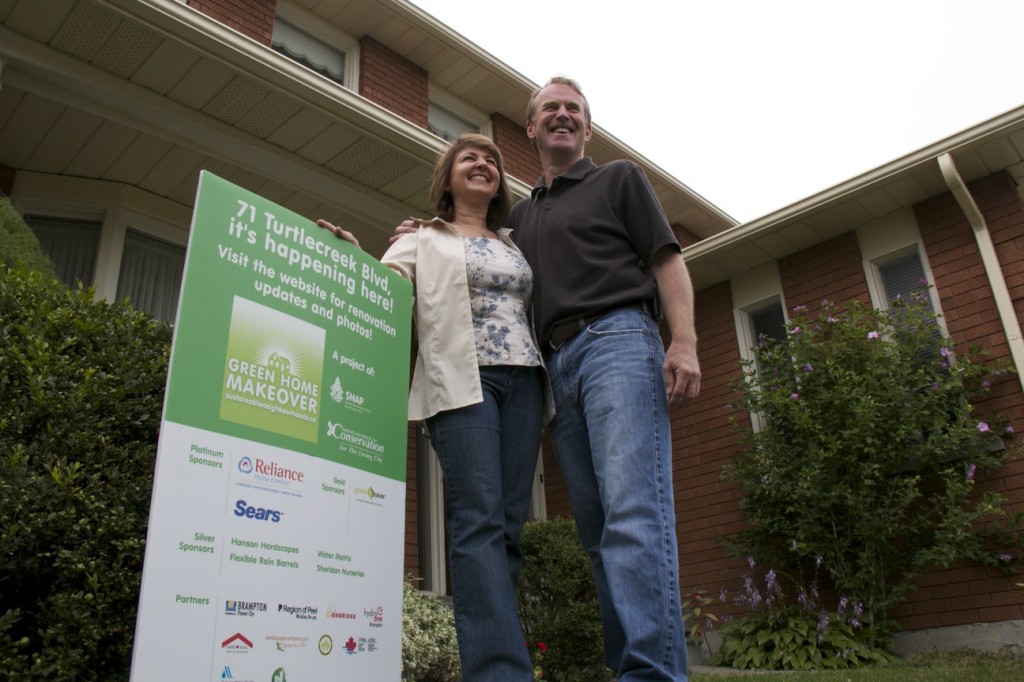
As part of the integrated design process led by Sustainable Buildings Canada, the team confirmed the most appropriate features to include in the home and estimated potential future savings. This includes: a reduction in total energy and water consumption by 50%; an EnerGuide rating increase from 58 to 76; improved home comfort and indoor environment; reduced rainwater runoff and improved water quality; and an attractive outdoor landscape and improved biodiversity.
The Makeover is a resource for building industry professionals looking to learn more about green renovation. Product information sheets, which include costs and benefits and supplier contacts, are available on the project website, along with a series of short renovation videos. TRCA’s STEP (Sustainable Technologies Evaluation Program), part of the Living City Campus at Kortright Centre for Conservation in Vaughan, will be monitoring energy and water consumption and landscape LID (low impact development) performance over the next two years (visit www.sustainabletechnologies.ca and www.thelivingcitycampus.com). Tours of the home are also offered to interested groups and residents. Homeowners Paul and Marisa and their family are also a fantastic resource. They have seen the changes first hand, are taking a keen interest in sharing their experience with the community and industry, and after all, know their home best!
It’s not enough to simply create a demonstration project like this and hope it makes an impact. It has to be part of a larger program that makes it appealing for people to make change. This is why TRCA, in partnership with public and private sector partners, is leading a residential retrofit program for the whole neighbourhood. This one-window program, called the Green Home Discount Package, includes incentives and discounts on a series of strategic indoor and outdoor home renovations that homeowners are likely interested in given the age of this neighbourhood. The message and incentives have been custom designed for County Court, and have been informed by our local social marketing research. The pilot program was launched this summer and will continue through 2012 with local promotion, tracking, homeowner recognition and program evaluation.
To book a tour of the Green Home Makeover in Brampton, call (416) 661-6600 ext. 5778. To see renovation videos, product information sheets and more learn more about the Green Home Discount Package and SNAP, visit www.sustainableneighbourhoods.ca/makeover.
[1] Statistics Canada, 2006 Census of Population. Summary Table: Occupied private dwellings by period of construction and condition of dwelling, by census metropolitan area [available at http://www.statcan.gc.ca/tables-tableaux/sum-som/l01/cst01/famil125c-eng.htm]
[2] Part of the Region of Peel’s Water Smart Peel program. Visit www.peelregion.ca/watersmartpeel/outdoor/fusion.







